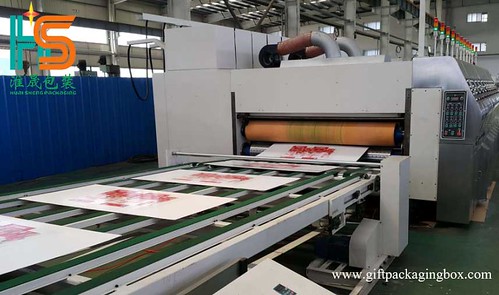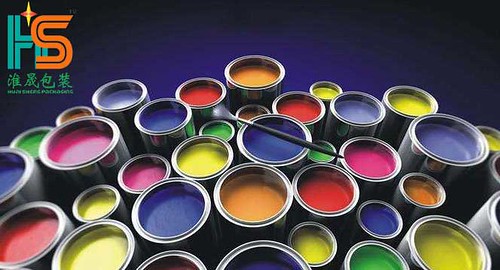Contact Us

Contact Us


Guangzhou Huaisheng Packaging Co.,Ltd.
We provide customers with quality products and provide high-quality services.
If you would like to leave us a comment please go to contact us
+86-18122240089

In the world of paper packaging, achieving high-quality, durable prints is crucial for both aesthetic appeal and functionality. However, various factors, including ink composition and environmental conditions, can significantly affect the printing resistance of paper boxes. Whether you're involved in packaging design or sourcing paper packaging for your business, understanding the interaction between ink, paper, and environmental factors will help you make better decisions and ensure long-lasting, visually appealing packaging. In this article, we will explore how ink types and environmental conditions influence the printing resistance of paper boxes and provide valuable insights to improve your packaging process.

Before diving into the effects of ink and the environment, it's important to define what printing resistance means. Printing resistance refers to the ability of the printed image or text to withstand wear and tear, fading, or degradation over time due to handling, exposure to light, moisture, or other external factors. Strong printing resistance is crucial for packaging that needs to maintain its appearance throughout the product’s life cycle, especially in retail environments.
The ink used for printing on paper boxes plays a vital role in determining how well the print holds up under different conditions. Various factors contribute to how ink interacts with paper, which can affect print durability:
The chemical composition of ink affects its adhesion to paper fibers and its resistance to environmental factors. Inks typically fall into two categories:
Pigments and colorants also play a crucial role in printing resistance. Some pigments are more resistant to fading under UV light or exposure to moisture than others. Choosing the right pigment for your printing process ensures your packaging retains its color and vibrancy for a longer period.
Applying coatings and varnishes can enhance the printing resistance of paper packaging. Coatings can protect the print from smudging, scratching, and fading, improving the longevity of the print. Common coatings include:

Environmental conditions can dramatically influence how well a printed image on paper packaging performs over time. The most significant factors include:
Exposure to moisture can cause ink to run or bleed, affecting the legibility and aesthetic appeal of printed packaging. Paper is highly absorbent, so packaging that will be exposed to high humidity or direct water contact needs to be protected with specialized coatings that prevent moisture from damaging the print.
Extreme temperature changes can cause the paper to expand and contract, leading to cracking or warping of the printed surface. High temperatures can also cause inks to fade more quickly, while very cold temperatures can affect ink adhesion.
Ultraviolet (UV) light exposure is a major cause of print fading over time. Boxes stored in sunlight or under fluorescent lights are particularly vulnerable to UV degradation, which leads to color loss.
Environmental pollutants such as dust, smoke, or chemicals in the air can degrade print quality. High pollution levels can also affect the lifespan of inks, causing them to fade or smudge more quickly.
To ensure that your printed packaging retains its appearance and quality, consider the following best practices:
As sustainability becomes more important to consumers, eco-friendly inks and sustainable practices are gaining traction in the packaging industry. These inks, made from renewable resources, are free from harmful chemicals, providing an environmentally responsible option for packaging without compromising on print quality or resistance.
The interplay between ink types, environmental factors, and paper quality directly affects the printing resistance of paper packaging. By carefully considering these factors and selecting the right materials, coatings, and printing processes, you can significantly enhance the durability and longevity of your packaging. Additionally, opting for sustainable practices not only improves the resistance of your prints but also aligns with the growing demand for eco-friendly packaging solutions. By following these insights, you can ensure that your paper packaging maintains its aesthetic appeal and functional integrity throughout its lifecycle.
